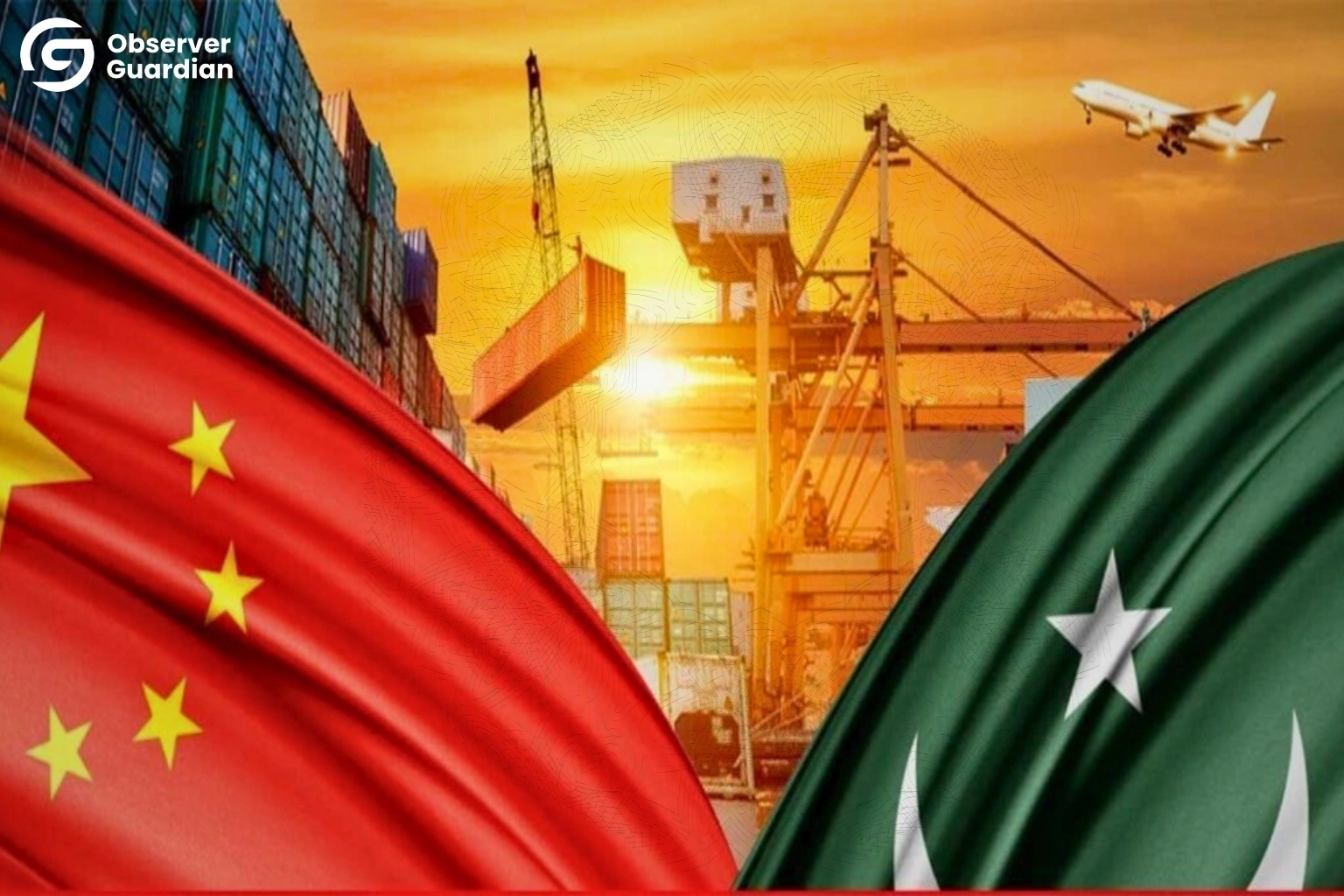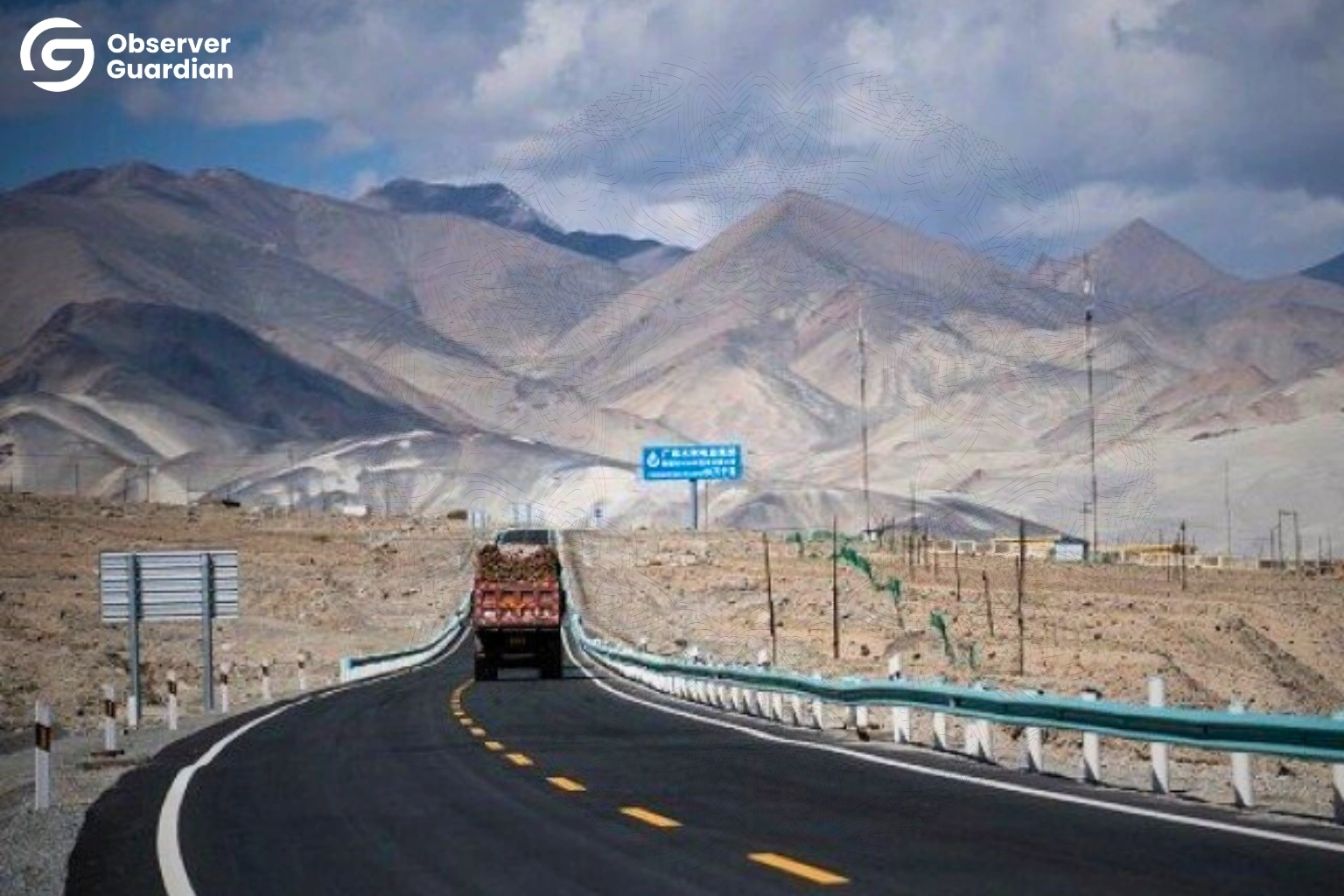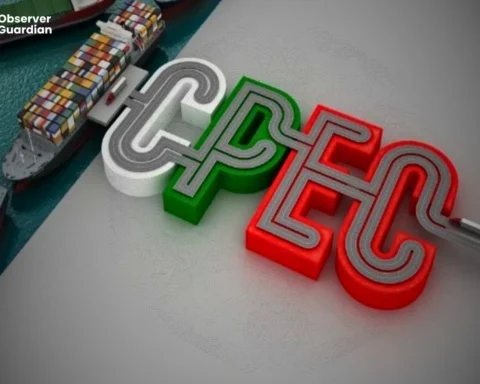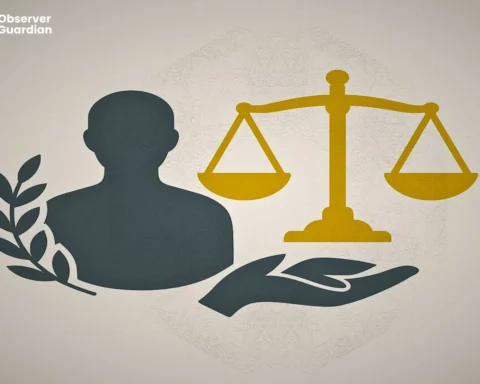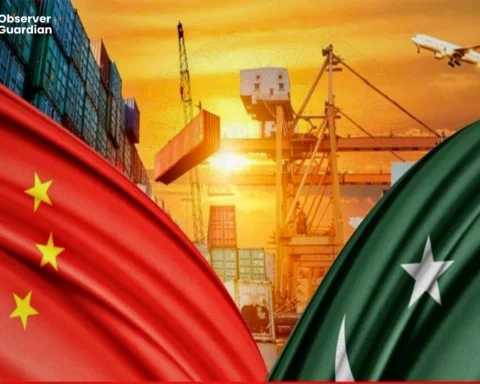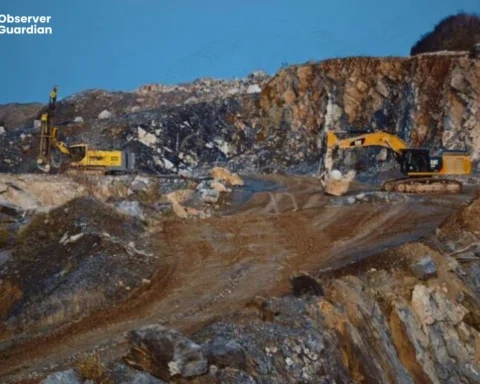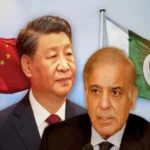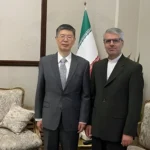The China-Pakistan Economic Corridor (CPEC) has passed a significant new stage, the one which does not see roads and power plants but sees people, technology, and long-term sustainability.
CPEC Phase 2 is reshaping the way Pakistan develops, based on an innovative and inclusive growth.
It is more than an infrastructure extension. This is a metamorphosis into a smarter, greener, and more connected economy which has people at the center.
The core of this change lies in the ensuing vision between the two countries, Pakistan and China, creating a mutual benefit partnership, technological cooperation, and sustainable development. With the world economy moving towards digitalization and use of renewable energy, Pakistan with its strategic location and young population is set to play a crucial role in the new order at the regional and global level.
Gwadar, From a Port City to the Regional Trade Power
The Gwadar Port is still the jewel of the CPEC under Phase 2, but its role is expanding. The port is becoming one of the major regional trade centers, and is connecting Central Asia, Middle East and Africa with the help of the modern logistic and sea routes.
Gwadar is quickly becoming a world logistical hub with new terminals, warehouses, and digital tracking systems.
The commitment of the government in solarizing Gwadar provides another aspect of sustainability in terms of minimizing energy expenses on industries, and introducing a cleaner model of industrialization.
Pakistan’s Modernization of the Logistic Backbone
Moreover, Pakistan has also transformed its logistics and transport systems, thanks to CPEC Phase 2. The Karachi national industrial zones such as the Pipri Freight Corridor projects are enhancing efficiency in freights, and are reducing transport time and cost significantly. The modernized roads and rail are joining local economies to national and regional supply chains, and this is putting Pakistan’s logistics standards in line with international standards. Thus, this modernization not only enhances competitiveness in trades, but also assists exporters in transportation of goods to the foreign markets efficiently.
Digital and Industrial Transformation
Furthermore, Phase 2 pays much attention to Special Economic Zones (SEZs) which are industrial hubs aimed at investment attraction, exports, and job creation in other provinces. These areas have tax benefits, industrial facilities, and simplified business practices. In addition to production, SEZs are also becoming innovators, and its technology parks and IT incubators can promote startups and digital entrepreneurs.
A great part of the new direction of CPEC is supported by digital connectivity. Pakistan is emerging to be a digital hub in South Asia with Chinese investment in fiber optic networks, cloud infrastructure, and e-commerce. So, this industrial digital convergence is an echo of the bigger objective of the Belt and Road Initiative, which is to facilitate greater connectivity of the world, by means of technology and sustainable industry.
Energy Sustainability and Security
In addition, the reliance on fossil fuels that Pakistan has been experiencing since long is a significant burden on its economy. CPEC Phase 2 is addressing this by coming up with new energy corridors that focus on renewable sources of power such as solar, wind, and hydropower. Such projects not only combat the emission of carbon gas, but also help the country to become more secure in energy, and also lessen the cost of production by local industries. This shift towards renewable energy is a strategic turn depending not only on short-term energy solutions, but also on long-term energy solutions which are low carbon-based and sustainable.
Human Development and Skills for Future
Besides, sustainability is not only environmental, but it is human too. Vocational training and educational programs of CPEC are preparing Pakistani youth to work in the modern economy. The advanced manufacturing, IT, and renewable energy technologies are being taught in training centers in different provinces. Such programs are guaranteed to make the young Pakistani workforce a force behind the innovative changes, instead of a spectator in the technological revolution around the world.
Pakistan, A Rising Power in a New World
With the dynamic trade environment over the world, and changes in the global supply chains are making Pakistan even more important bridge between the continents. Due to its strategic access to China, Central Asia, and the Middle East, Pakistan is becoming a major stakeholder in sustainable regional trade. Thus, the CPEC framework does not only offer infrastructure, but also offers digital and industrial base of Pakistan to enter into new economic networks.
A Partnership for the Future
Lastly, CPEC Phase 2 is not just another economic cooperation, but it can be viewed as a template of sustainable development in a fast evolving world. With its emphasis on innovation, renewable energy, logistics, and human capital, the Pakistan-China relationship is fulfilling the preconditions of inclusive and long-term development. Thus, it is not only about roads or ports, but is about transforming Pakistan into an integrated and knowledge based economy, where prospects and sustainability go hand in hand.
⚠ Disclaimer
The views and opinions expressed in this article are exclusively those of the author and do not reflect the official stance, policies, or perspectives of the Platform.

